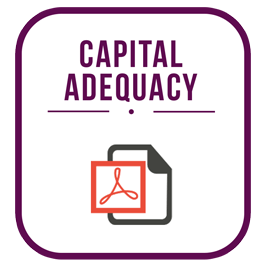ICAAP – Overview & Core Concepts
About the Course
The ICAAP overview and concepts course begins by presenting some of the definitions and terminology related to the course such as transition matrix, PD, LGD & EAD and their stressed counterparts.
This is followed by a brief background of capital adequacy regulation covering Regulation Q, Basel I amendments to the capital accord, Basel II’s minimum capital requirements, supervisory review and market discipline processes .The framework and requirements of ICAAP are discussed.
An overview of ICAAP report is presented. Items to cover in the sections Executive Summary, Internal Capital Adequacy, Aggregation and Capital Planning are mentioned. A sample ICAAP report is reviewed which includes the policy document review, methodology for capital allocation to various risks, and risk aggregation.
Next, the process and risks of building and using internal models employed in ICAAP are reviewed. Ways to prevent or limit the risks on internal models are outlined. Important points to consider and limitations of a Probability of Default estimation model are presented.
The final section presents stress testing methodologies for credit risk (e.g. NPL stress test, increase in NPLS, shift in NPLs, Fall in forced sale value of mortgaged collateral, Transition matrix stress test, Profitability Analysis stress test), market risk (e.g. interest rate shocks, equity shocks, worst case MTM stress tests) and liquidity risk (Fall in liquid liabilities, Fall in MVE (Duration Gap).
An annexure is included that provides a comparison of ICAAP requirements and processes for various Central Banks.
Learning objectives
After taking this course you will be able to:
- Explain conditional and unconditional transition matrixes
- Define Probability of Default, Loss Given Default and Exposure after Default
- Outline the history of capital adequacy regulation from Regulation Q to Basel III
- Describe the ICAAP framework and requirements
- List the items to include in the Executive Summary, Internal Capital Adequacy, Aggregation and Capital Planning sections of the ICAAP report
- Describe the risks of building and using internal models
- Stress test credit risk, market risk & liquidity risk using a number of approaches
Prerequisites
The candidate should have some familiarity with debt, equity & FX markets and risk management frameworks. They should also be comfortable with basic mathematics, statistics, probability and EXCEL.
Target Audience
The course is aimed primarily at banking professionals and individuals responsible for risk management within banks who need to review or refresh their understanding of Capital Adequacy regulations for work, professional review, audit or personal development.

